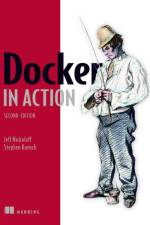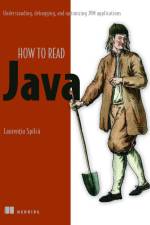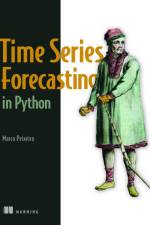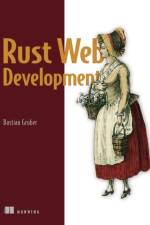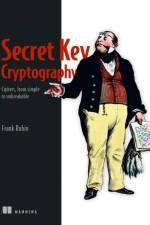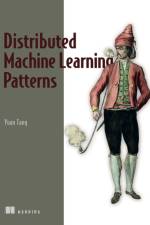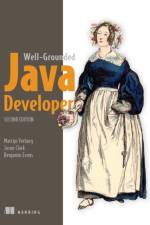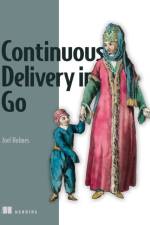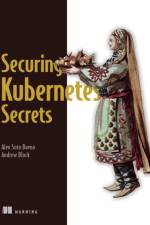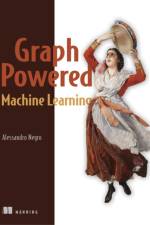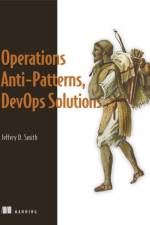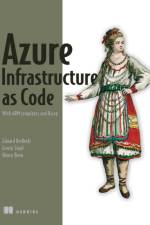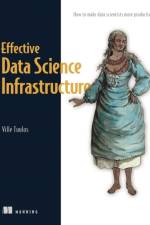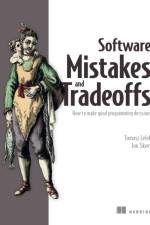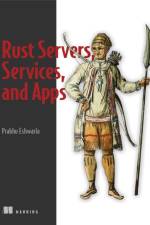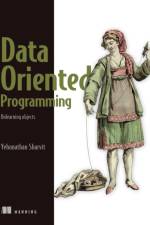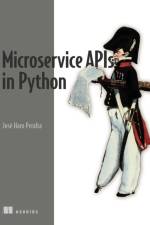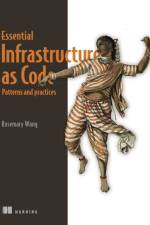av Catalin Tudose
781
Master Java persistence using the industry-leading tools Spring Data and Hibernate.In Java Persistence with Spring Data and Hibernate you will learn: Mapping persistent classes, value types, and inheritance Mapping collections and entity associations Processing transactions with Spring Data and Hibernate Creating fetch plans, strategies, and profiles Filtering data Building Spring Data REST projects Using Java persistence with non-relational databases Querying JPA with QueryDSL Testing Java persistence applications Java Persistence with Spring Data and Hibernate teaches you the ins-and-outs of Java persistence with hands-on examples using Spring Data, JPA, and Hibernate. The book carefully analyzes the capabilities of the major Java persistence tools, and guides you through the most common use cases. By comparing and contrasting the alternatives, you’ll find it easy to choose the right tool choice for your applications. You’ll learn how to make and utilize mapping strategies, about the different approach to transactions for both Hibernate and Spring Data, and even how to efficiently test Java persistence applications. The practical techniques are demonstrated with both relational and non-relational databases. Forewords by Dmitry Aleksandrov and Mohamed Taman. Purchase of the print book includes a free eBook in PDF, Kindle, and ePub formats from Manning Publications. About the technology Effectively managing application data is essential for any serious application. Spring Data and Hibernate bridge the gap between object-oriented code and relational data stores, radically simplifying Java persistence. By implementing the Java Persistence API (JPA) standard, these powerful tools help you avoid common bugs related to state and application data storage. About the book Java Persistence with Spring Data and Hibernate explores Java persistence using industry-standard tools. Hands-on examples introduce object-relational mapping and guide you through different mapping strategies to suit your needs. Covering transactions, persistent application testing, and non-relational databases, this book is your go-to resource for managing data in Java applications. What's inside Mapping persistent classes, value types, and inheritance Creating fetch plans, strategies, and profiles Building Spring Data REST projects Querying JPA with QueryDSL About the reader For intermediate Java programmers. About the author Catalin Tudose has more than 20 years of experience in the Java community. Christian Bauer, Gavin King, and Gary Gregory are the authors of Java Persistence with Hibernate, Second Edition, on which this book is based. Table of Contents PART 1 - GETTING STARTED WITH ORM 1 Understanding object/relational persistence 2 Starting a project 3 Domain models and metadata 4 Working with Spring Data JPA PART 2 - MAPPING STRATEGIES 5 Mapping persistent classes 6 Mapping value types 7 Mapping inheritance 8 Mapping collections and entity associations 9 Advanced entity association mappings PART 3 - TRANSACTIONAL DATA PROCESSING 10 Managing data 11 Transactions and concurrency 12 Fetch plans, strategies, and profiles 13 Filtering data PART 4 - BUILDING JAVA PERSISTENCE APPLICATIONS WITH SPRING 14 Integrating JPA and Hibernate with Spring 15 Working with Spring Data JDBC 16 Working with Spring Data REST PART 5 - BUILDING JAVA PERSISTENCE APPLICATIONS WITH SPRING 17 Working with Spring Data MongoDB 18 Working with Hibernate OGM PART 6 - WRITING QUERIES AND TESTING JAVA PERSISTENCE APPLICATIONS 19 Querying JPA with Querydsl 20 Testing Java persistence applications

